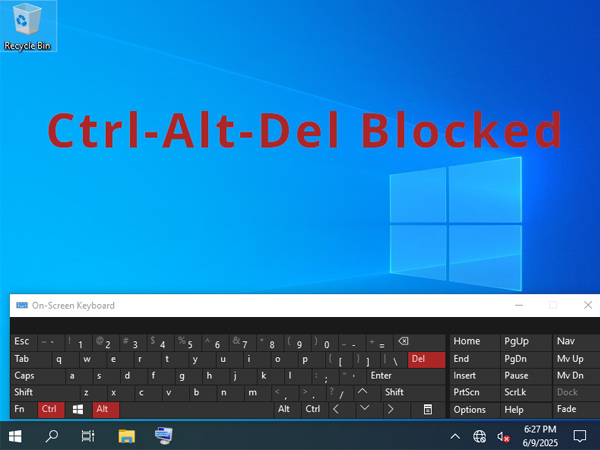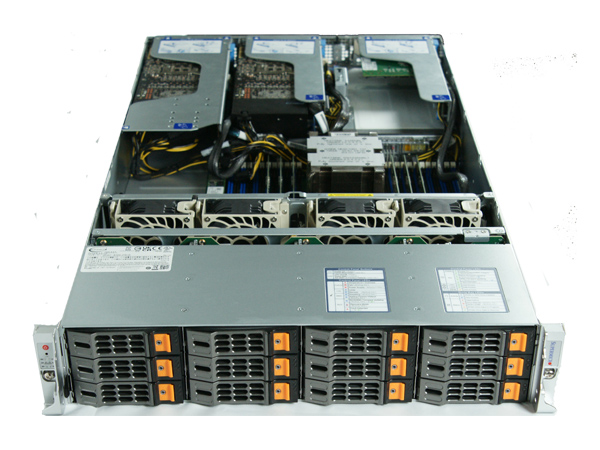Category : News by T-Pole | 26 November 2020
Comet Lake: The 10th Generation Intel® Core ™
The launch of the 10th generation of Intel® CPU started with the solutions dedicated to the mobile market and ended with the presentation of the Comet Lake-S and Comet Lake-W solutions meant to desktop and workstation platforms respectively. Let’s analyze what has changed and what remained unchanged from the previous generation.
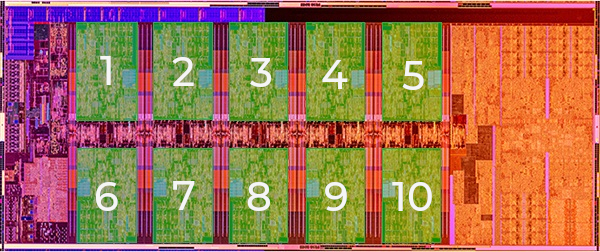
The production process has not changed: 14nm confirmed even if in a further refined version, the fourth since the launch of the Skylake series. Nevertheless, the top-of-the-range CPUs now offer two more physical cores, bringing the total to 10, in the face of an increase in TDP which on the most performing versions reaches quote 125W.
The increase in TDP necessitated a revision of the CPU’s thermal interface, which now features a thinner die to improve heat extraction from silicon and a thicker , always soldered, heatspreader, to better distribute the heat towards the heatsink.
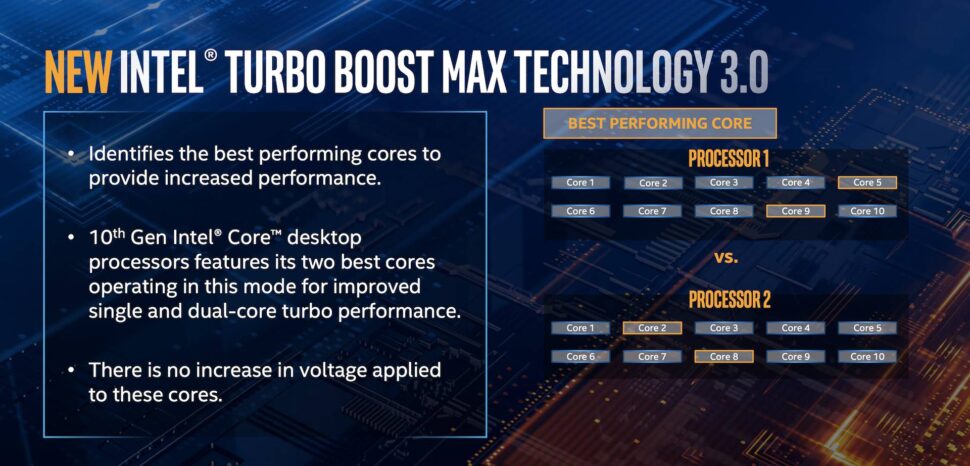
The performance of the CPUs are strongly affected by the quality and effectiveness of the adopted cooling solution. This statement is especially valid for the new Core i9 proposals, which in addition to the well-known TurboBoost and TurboBoost Max 3.0 technologies, which allow you to change the clock frequency of individual cores dynamically to maximize performance of the CPU based on the type of load to which it is subjected and also available on the Core i7, introduce Turbo Velocity Boost.
The new dynamic clock management technology Turbo Velocity Boost allows you to get the most out of the CPU under burst load, i.e. demanding workload for a short period of time, and can push the Core i9-10900K clock frequency at 5.3 GHz, when the core temperature is below 70°C and there is still residual power budget to use.
Performance
The transition to the new top of the range Core i9-10900K from the previous Core i9-9900K marks a performance increase of 28%, considering multithreaded applications (MT). Always remaining in the MT field, now Hyper-Threading technology is available on the entire Core™ series, with the exception of Celeron™, resulting in a further increase in performance of the new Mid-range CPU compared to the previous generation.


The comparison between the Core i7-10700K CPU and the previous Core i9-9900K is very interesting, in that the new CPU guarantees higher performance at a lower cost:


The same can be said when comparing the two embedded Core i7-10700E and Xeon E-2278GE processors:


Platform overview
The launch of the new CPUs is concomitant with the introduction of a new socket (LGA 1200) and a new series of chipsets (400 Series) to complete the proposed new platform.
The new chipsets support USB 3.2 ports (Gen 1 and 2) and integrate a 2.5 GigE MAC, simplifying the adoption of Ethernet connectivity at speeds above Gigabit, and a Wi-Fi 6 module.
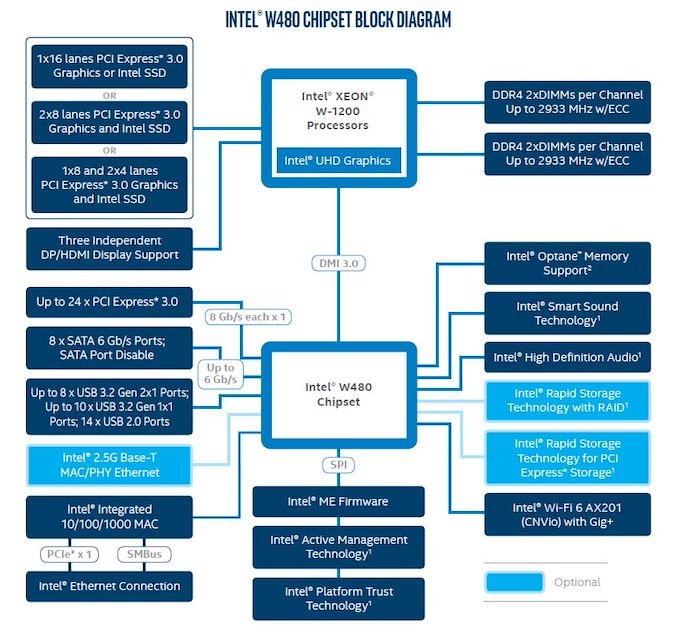
The two chipsets have overlapping specifications except for ECC RAM support, available only on the workstation version.
Our Comet Lake based solutions
We introduce the new ECX-2000 solutions from Vecow, an offer that is configured as extremely rich and varied both for the possible areas of application of the products and for the level of connectivity and expandability offered by each proposed system .
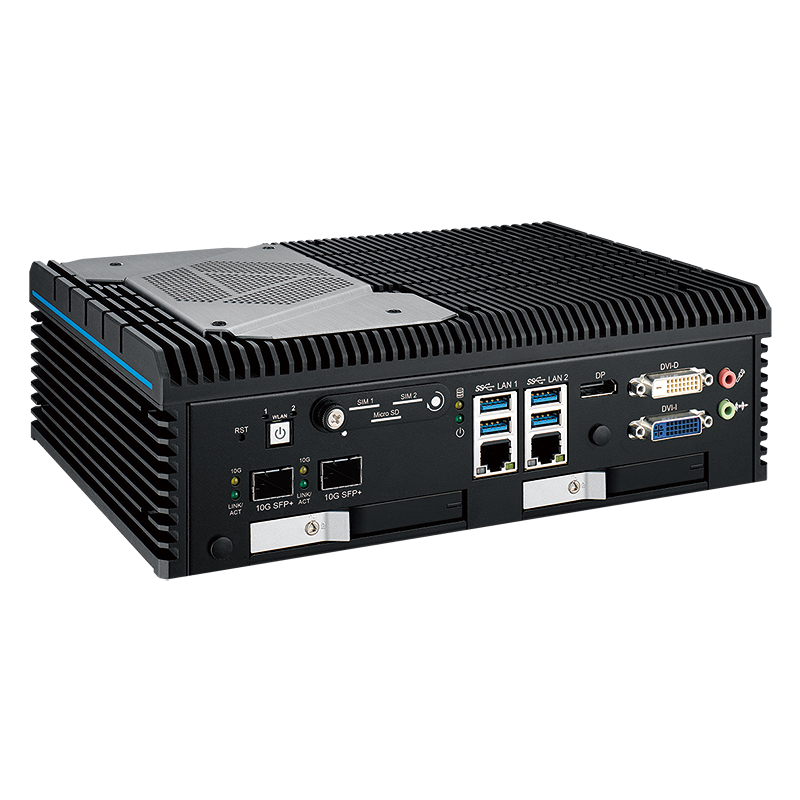
Based on the already excellent design of the previous generation, ECX-1000, the concept has been evolved and improved to better adapt it to the new CPUs, which as previously mentioned have a certain sensitivity under the thermal profile.
Both fanless and with fan solutions are now available, with the latter having the fan completely integrated in the heatsink such as not to determine differences in the mechanical dimensions between the two versions.
The ECX-2000 series includes:
- Not-expandable Box PCs, up to 9 LAN (4 PoE+), 2 Hot-Swappable 2.5″ bays, Wide Range 9-50V DC input
- Not-expandable Box PCs with 10GigE connectivity, RJ45 o SFP+
- Expandable Box PCs with support to one PCI\PCIe expansion card while maintaining an extremely compact design
- Expandable Box PCs with PEG support (PCIe graphics) up to 250W TDP, Wide Range 12-50V DC input
